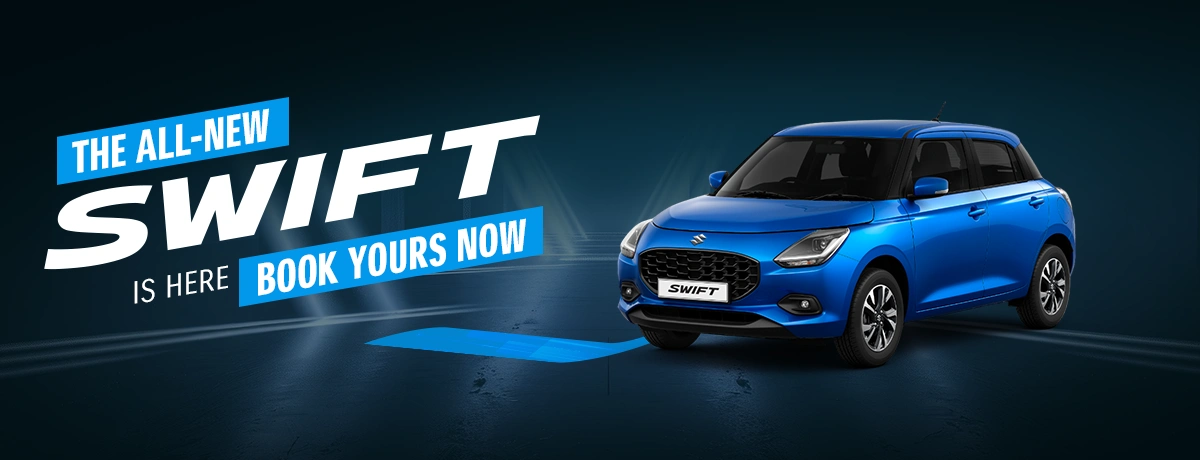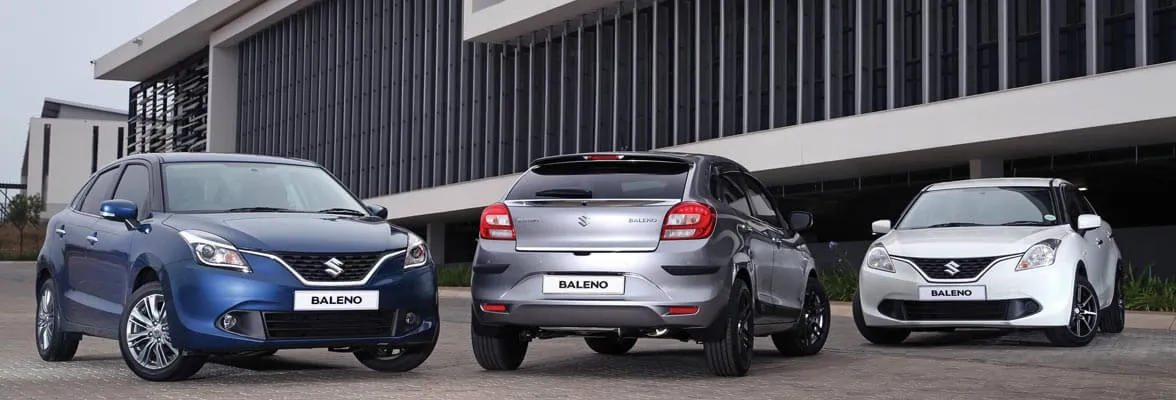The new Suzuki Baleno – ideal for individuals and families seeking the extra comfort and convenience of a larger hatchback
Over the years Suzuki has acquired a loyal following and varied customer base, due in most part to the fact that the Suzuki vehicle line-up which spans entry level compact hatchbacks such as the Celerio and Swift, to the family friendly Grand Vitara SUV. Even the left-field Suzuki Jimny has a cult-like following with its super-compact footprint and exceptional off-road ability, it will put many a SUV/4×4 to shame when the off-road gets tough.
It’s this varied range, including sedans and crossovers, which has allowed Suzuki fans to stay within the Suzuki family when lifestyles, budgets or families have grown, instead of switching to another brand which might have better catered to their needs. However, there has been one segment which, until now, Suzuki has not competed in – the (plus sized) B-segment.
Say Hello To The Suzuki Baleno
Bigger than the Swift, the Baleno aims to please those seeking a little more space, but not yet willing to explore the possibility of a sedan such as the Suzuki Ciaz. With a familiar design that well represents the Suzuki family identity, the Baleno is a refreshing addition to the family with short overhangs, sculpted flanks and a spacious, intelligently packaged and functional interior.
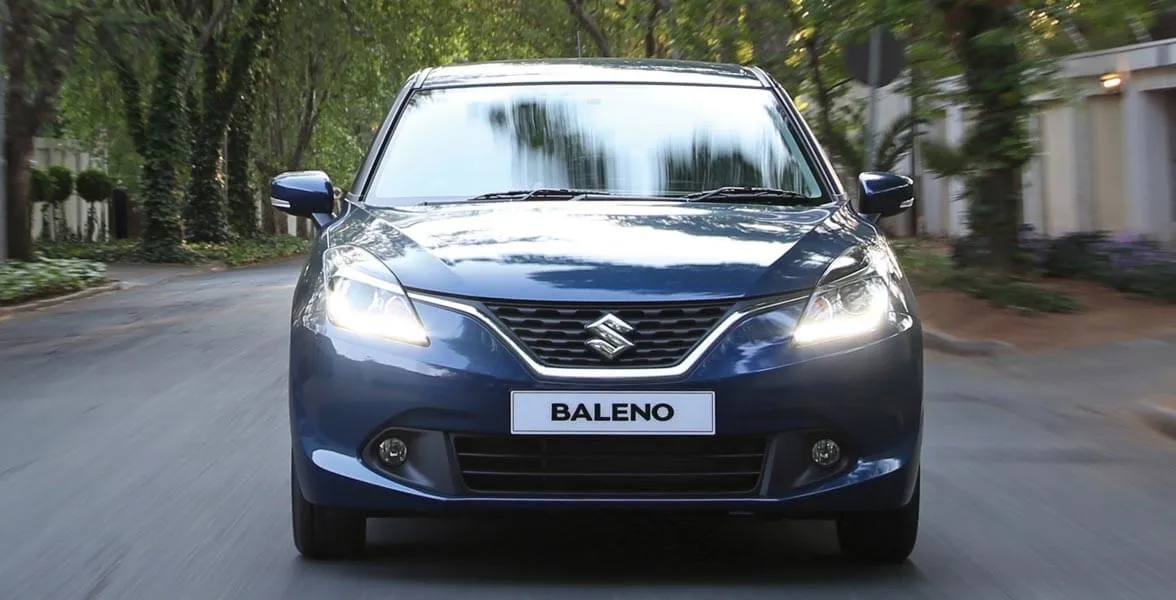
Produced in India, the Baleno has already carved itself a strong position in the international market, selling more than 100 000 units in just 12 months in India alone, with 60 000 back orders and a 33-week waiting period. Impressive!
“The new Baleno adds a larger and more spacious hatchback to our new car portfolio,” says Charl Grobler, manager of sales and product planning at Suzuki Auto South Africa. “It’s ideal for individuals and families seeking the extra comfort and convenience of a larger hatchback, but don’t want to give up the agility and efficiency of the Swift.”
Engine and Transmissions
In South Africa, all three Suzuki Baleno models are powered by the same 1,4-litre engine. The tried and trusted K14B four-cylinder unit is already a popular choice in the Swift, Ertiga and Ciaz model ranges, and produces 68kW of maximum power and of 130Nm of torque. Buyers have a choice of two gearboxes: a five-speed manual, and a four-speed automatic transmission, with drive being sent to the front wheels in both cases.
Average fuel consumption for the combined cycle comes to 5,1 litres/100 km for the manual model, and 5,4 litres/100 km for the automatic version. The rated CO2 exhaust gas emissions are 120 g/km for manual models, and 128 g/km for the automatic version.
It’s worth noting that despite being larger than the Swift, the Baleno is 11 percent lighter, with a kerb mass of just 915kg, allowing for power-to-weight ratio of 76,5 kW/tonne. Using special, high-tensile steel, the basic body shell weighs just 196 kg – the lightest in the B-segment hatchback class.
Safe And Secure
All Baleno models come with ABS anti-lock brakes, augmented electronic brake force distribution (EBD) and emergency braking assistance (EBA). Dual front airbags are standard too, while GLX models also get side and curtain airbags.
Inertia-reel seatbelts are fitted to all five seating positions. The front seat belts feature pre-tensioners and load limiters. Adjustable head restraints are provided for all five occupants.
Other safety and security-related features include Isofix child seat tethers integrated into the rear bench seat, childproof rear door locks, side impact protection beams and an alarm/immobiliser system. Remote central locking is also standard.
Range And Specification
The Baleno is available in two trim version, the entry-level GL spec and the more upmarket GLX.
In GL trim, the Baleno is by no means stripped out or spartan. Standard exterior features include colour-coded exterior mirrors and door handles, blacked out A and B-pillars, multi-reflector halogen headlights, and tinted windows. 15-inch steel wheels with covers are standard fare.
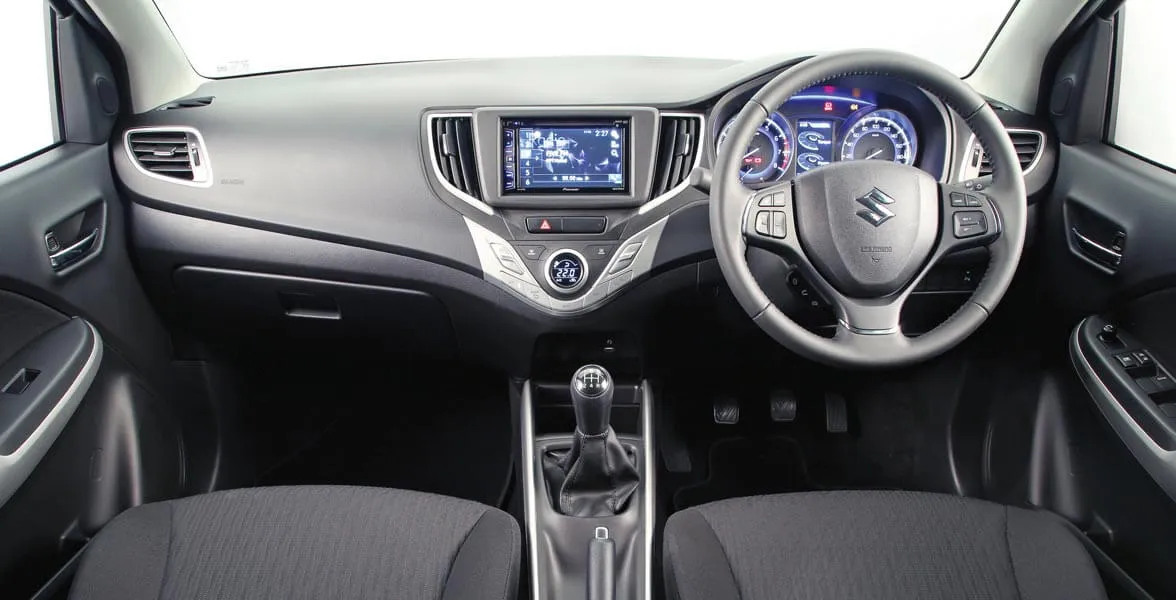
Inside, electric windows front and rear, manual air-conditioning, remote central locking, and electrically adjustable side mirrors, MP3 compatible CD Radio with six speakers, Bluetooth connectivity, USB and 3.5mm auxiliary connections, and 12V power socket are all included as standard equipment.
A tilt-adjustable multifunction steering wheel, which features integrated controls for the audio system, and the Bluetooth-based hands-free telephony system is also included.
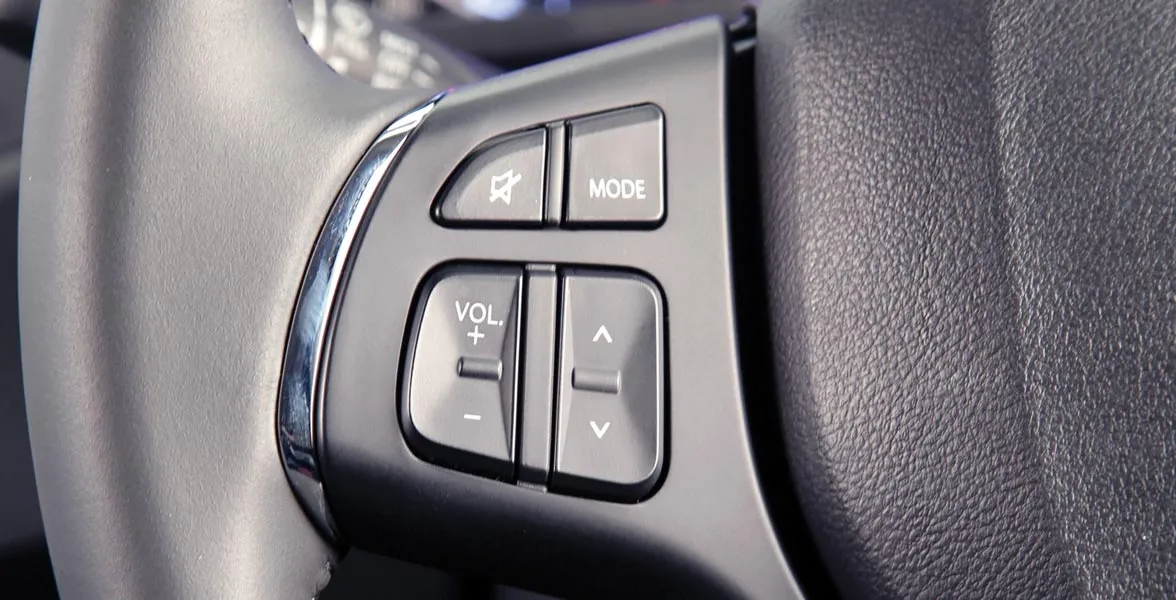
In GLX trim, everything mentioned above is present, with a few notable upgrades.
Included on GLX models are HID projector headlights and LED daytime running lights, fog lamps and integrated turn signals in the side mirrors. Lashings of chrome are found on the door handles, body sides and boot, with the boot lid featuring a top-mounted spoiler. Unlike the steel wheels on the GL trim, GLX derivatives receive stylish 16-inch alloy wheels.
Inside the GLX, the instrument cluster remains the same, but the steering binnacle digital display is upgraded to a 4,2-inch TFT colour display and gains the ability to display average speed and ambient temperature. Steering wheel receives leather trim and is adjustable for reach and rake.
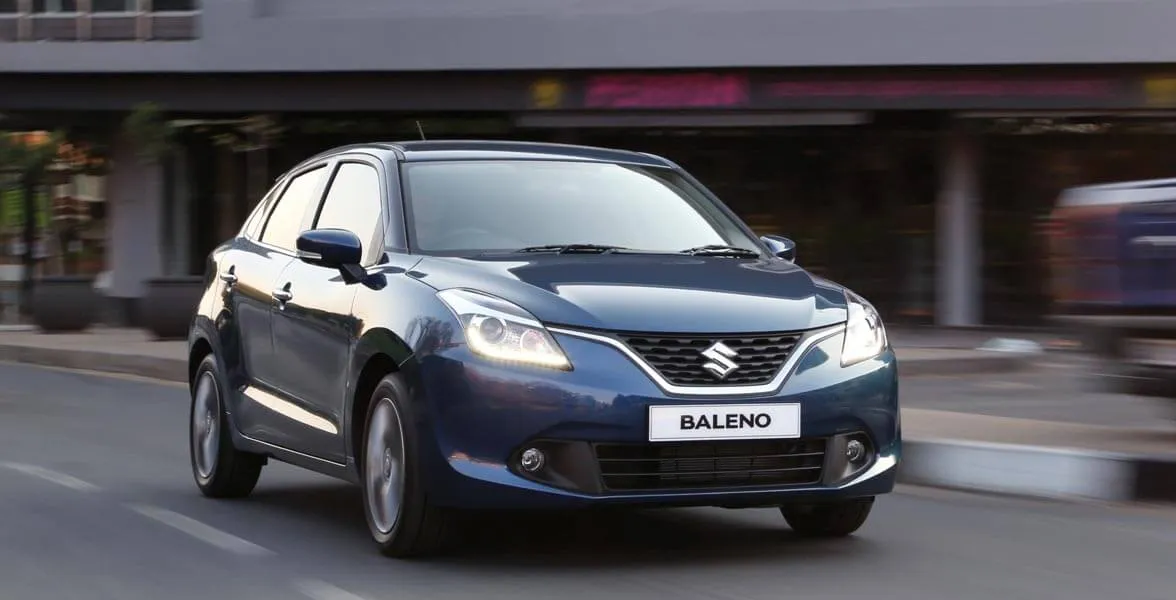
The multifunction steering wheel gets additional controls for the cruise control, which is included in the GLX specification. Also upgraded is the air-conditioning, which is now fully automatic. And rear park distance control is fitted as standard, too, as well as keyless engine start and stop.
GLX models gain side and curtain airbags, bringing the total tally to six, while the ABS braking system features rear disc brakes, instead of the GL model’s rear drums.
Both models receive a standard three-year/100 000 km warranty, as well as a four-year/60 000 km service plan.

